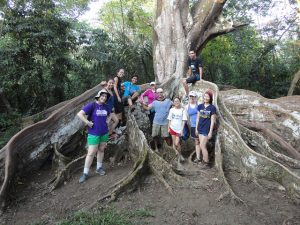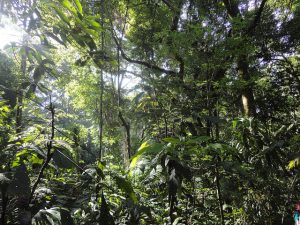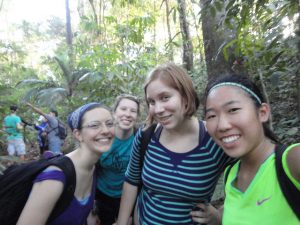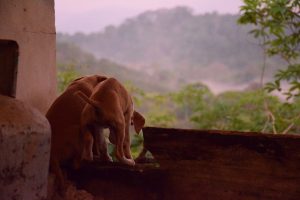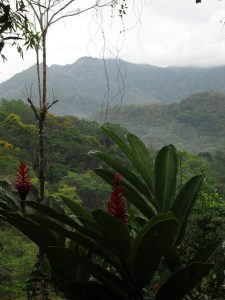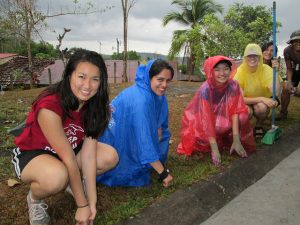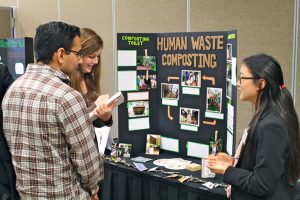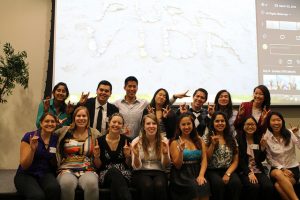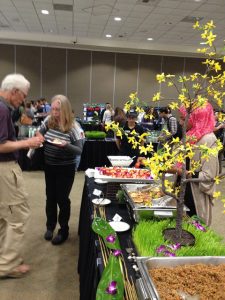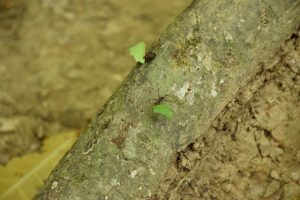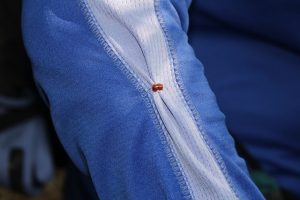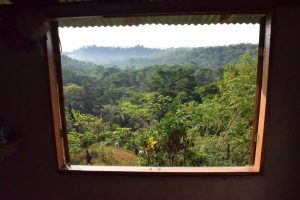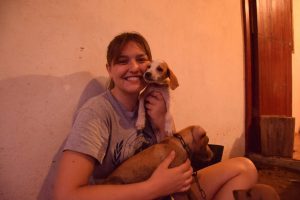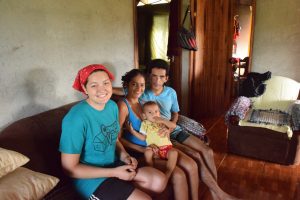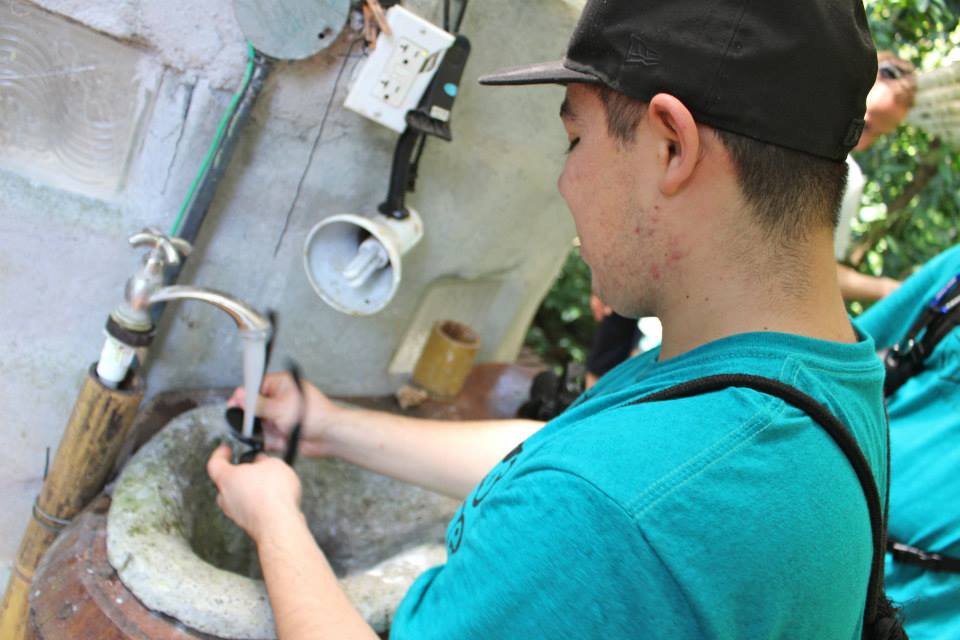Written by Richard Hsieh
It was our fourth day in Costa Rica when we visited Villas Mastatal to learn more about their ways of sustainable farming. To provide some background, Villas Mastatal is situated right next to La Cangreja National Park and a short walk to the town of Mastatal, where we stayed. Villas Mastatal is an educational, organic farm that is deeply rooted in the local community, displays sustainable design and architecture, practices regenerative agriculture, and offers educational learning for student groups and individuals.
Even though all the farms we visited were unique, we still found commonalities amongst them, such as composting toilets. As we toured the farm, it was cool to hear about different strategies that they specifically implemented for organic farming. Unlike mass farming, organic farming requires a lot of attention on individual crops. For example, Javier, the owner of Villas Mastatal, explained that he would plant corn in certain places so the bugs will eat that instead of the other crops.
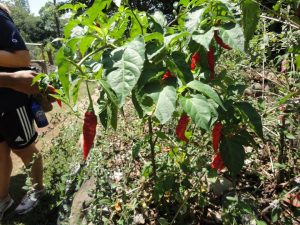
During our tour, smelling and tasting plants were nothing new for my peers and me. From cinnamon to mint to lemongrass, we smelled it all! It was really interesting to see the food we eat every day in its original form. Just when I thought that every plant or leaf tasted and smelled the same, boy was I wrong! Javier pointed to some shiny red chili peppers and talked about the use of it. All I remember was being eager to try it because Javier said we could. Being adventurous, I like to try everything and seeing a beautiful chili pepper sure did not stop me from trying it too.
Initially, when I took my first bite, I did not think it was that spicy. However, things started to change and my throat, chest, and stomach felt funny. In no time at all, I felt very sick. As we walked on to see more parts of the farm, I grew ill and weak. I remember that I could barely stand— my whole body began to feel frail and all of a sudden, my hands started tingling and grew numb.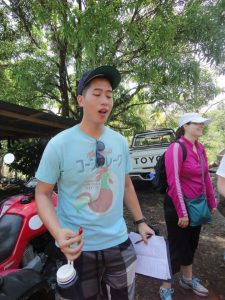 It was crazy how quickly it all happened! After that, I remember Jennifer, Tim, Marcos, Ryan, and some of my peers taking me to a shady, grassy area to sit down. They cooled me down by taking off my shoes, fanning me, giving me water, and pouring water down my shirt. In addition, they fed me cookies and honey, freshly-squeezed milk, and a cool tea that tasted delicious! It all really helped me recuperate and get my senses back together. I felt a little guilty because I was spoiled with all this attention and food, but I secretly enjoyed it, nonetheless. Soon after, I was full of energy and excited to get back on my feet to continue on. I felt like a new person!
It was crazy how quickly it all happened! After that, I remember Jennifer, Tim, Marcos, Ryan, and some of my peers taking me to a shady, grassy area to sit down. They cooled me down by taking off my shoes, fanning me, giving me water, and pouring water down my shirt. In addition, they fed me cookies and honey, freshly-squeezed milk, and a cool tea that tasted delicious! It all really helped me recuperate and get my senses back together. I felt a little guilty because I was spoiled with all this attention and food, but I secretly enjoyed it, nonetheless. Soon after, I was full of energy and excited to get back on my feet to continue on. I felt like a new person!
This was a huge “ah-ha” moment for me because first, I learned that I should pay a bit more attention before shoving any type of food in my mouth. Second, I realized that I should not act so strong and stubborn at times and take more prudence before doing anything foolish; in other words, think before taking action, which I fail to do a lot.  Lastly, I realized how blessed and grateful I am to have so many caring and compassionate people along this trip who really supported and helped me during difficult times. Although the spice and weakness I felt from eating the pepper overcame me, looking back, it is a reminder of the things I learned and risks I have taken in Costa Rica.
Lastly, I realized how blessed and grateful I am to have so many caring and compassionate people along this trip who really supported and helped me during difficult times. Although the spice and weakness I felt from eating the pepper overcame me, looking back, it is a reminder of the things I learned and risks I have taken in Costa Rica.

